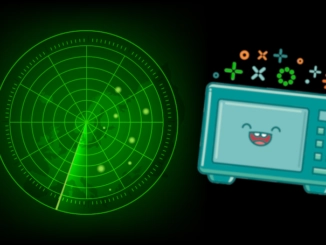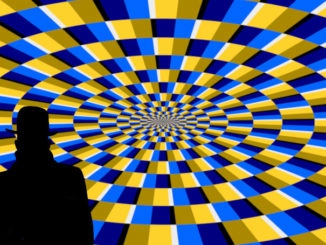
How to make soap in wartime?
During the Second World War, we were short of everything, and therefore of soap. The Belgian population, rationed, made some with its own means. […]

During the Second World War, we were short of everything, and therefore of soap. The Belgian population, rationed, made some with its own means. […]

Do you want to send secret messages to your friends, without anyone else being able to read it? Or even send a secret invitation to a lover? Play with light and color transmission to hide your messages. It’s your turn to play! […]

A colorful rain in a glass of water, can you believe it? Here is a […]

The microwave oven is now present in most kitchens in so-called industrialised countries. Did you know that there are more than 300 million of them in use around the world? A look back at the success story of an object that came out of the radars used during the Second World War. […]

Since June, the Museum of Natural History and Vivarium of the City of Tournai invites you to discover its new garden laid out in 2000 yd, combining relaxation and education. […]

Biodiversity will be the theme of this summer 2020 at the PASS. Numerous outdoor and indoor activities await you to discover 3 themes which are food, matter, and biomimicry. […]

You probably eat chocolate every day.
For some people, biting into a piece of chocolate has become a simple, comforting, greedy, daily gesture.
Biting into a piece of chocolate is a tradition that dates back to the 1800s… But did you know that the history of the chocolate drink, or rather the cocoa drink, is much longer?
[…]

At Houtopia, the hearing will no longer hold any secrets for you! Discover the McGurk effect, stereophony, and the Chladni table. […]

Sometimes your brain shows you images that in reality don’t exist or are physically impossible. Images that present a different reality. These are called optical illusions. A principle that René Magritte, the famous Belgian painter, was able to exploit to create remarkable and world-famous paintings. […]

A very fast succession of images gives the impression of continuous movement, like in cartoons. It works thanks to a phenomenon called the retinal persistence. It was the Brussels native Joseph Plateau who discovered it and created the first phenakistiscope. […]
Copyright © 2023 | CurioKids.net - All rights reserved